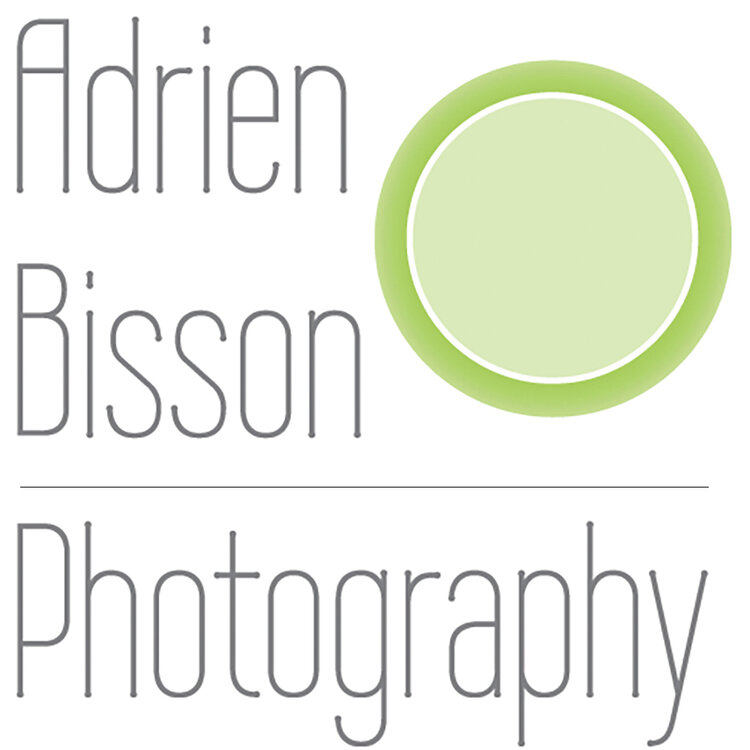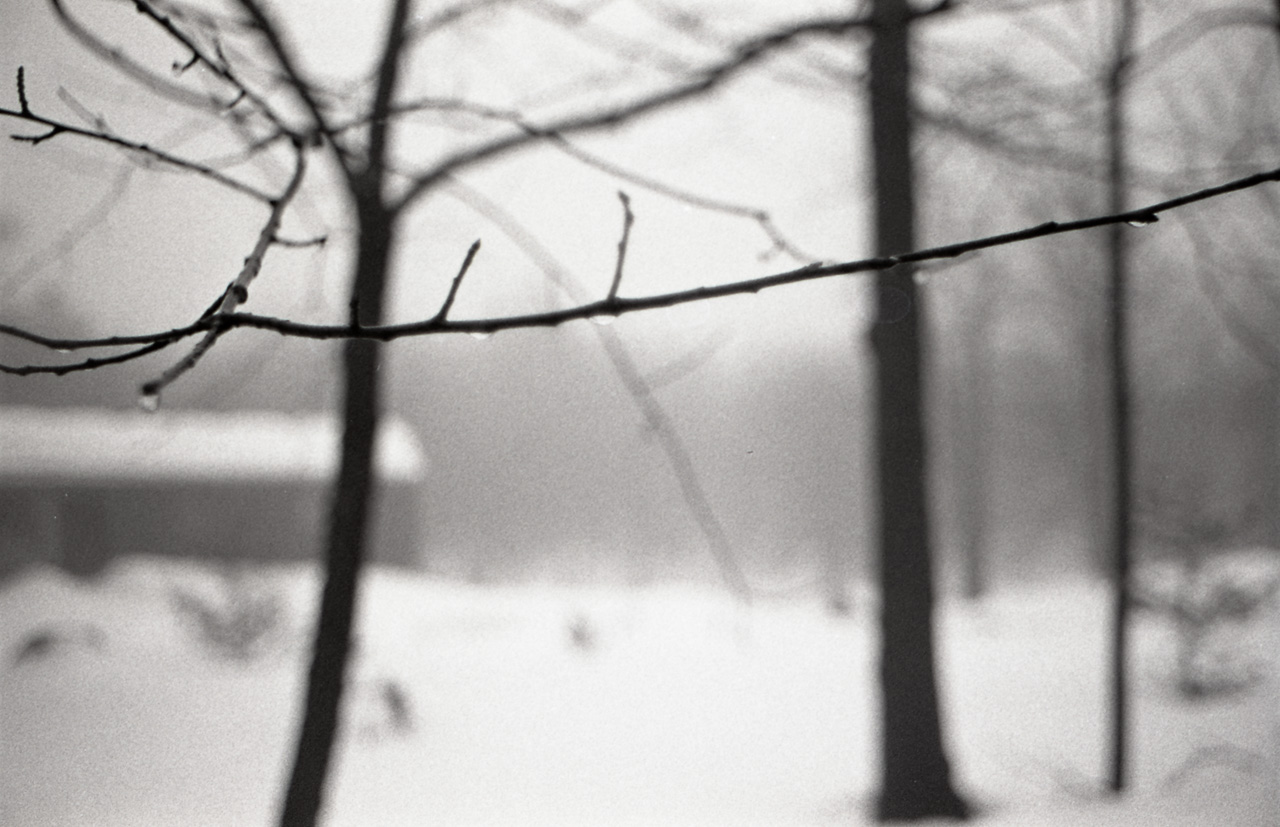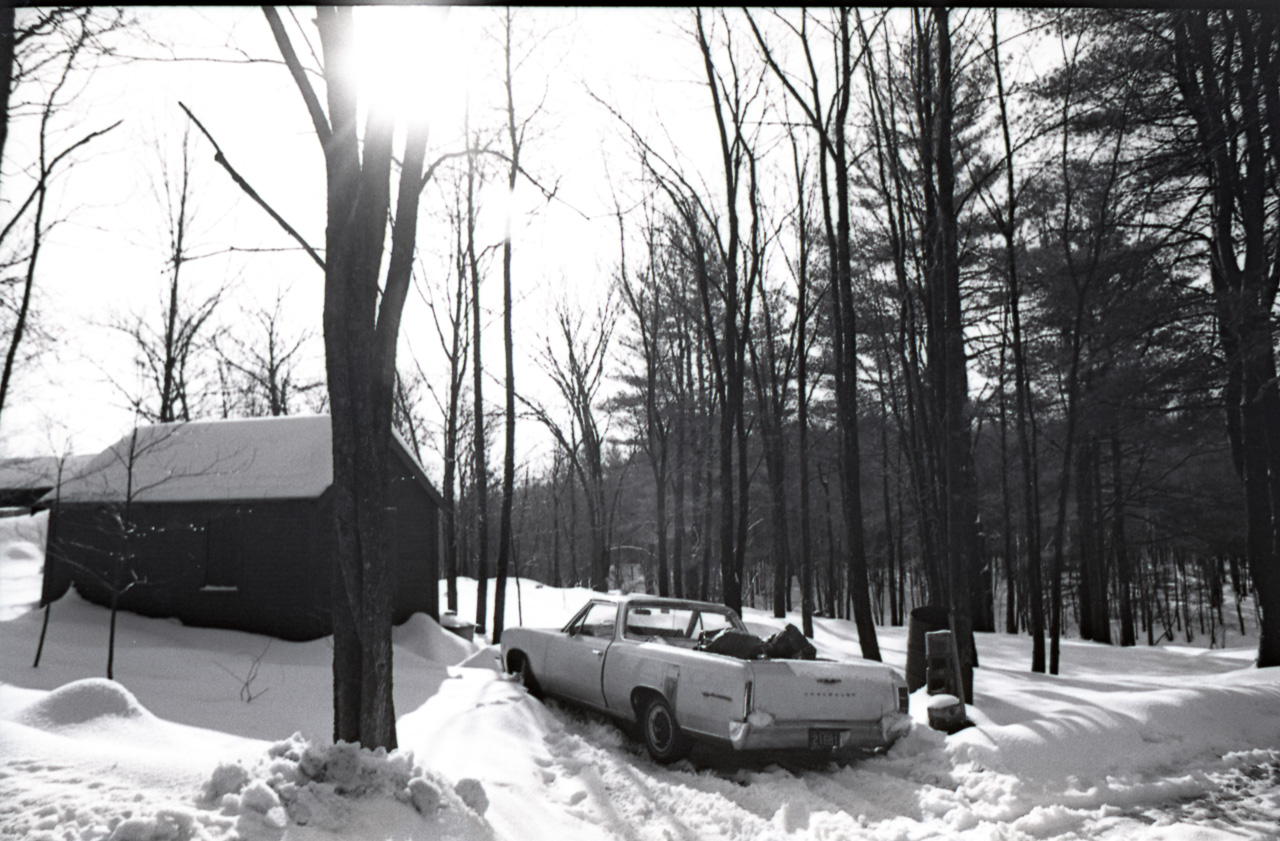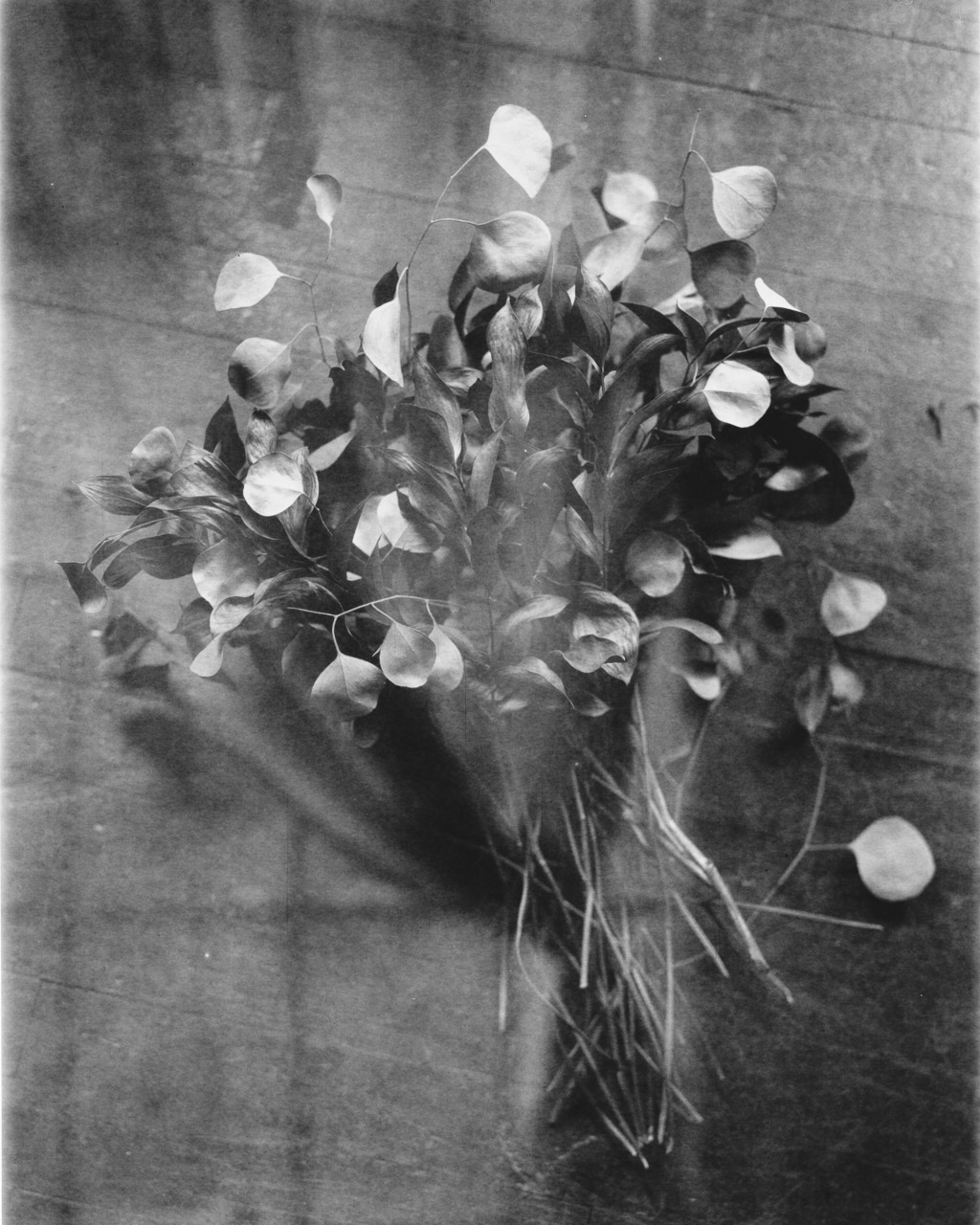This one is about me. This winter, in fact since mid-summer, I have been experiencing a sort of existential crisis concerning myself as an artist. I attended a workshop in July that was a pretty negative experience, a disaster really, mostly having to do with the instructor. I partially blame myself as well for the careless way in which I chose the workshop. Not surprisingly, I did meet several very talented and creative photographers at the workshop, but I found the dynamic fostered by the instructor pretty much sucked the life out of most of us. Possibly because of this experience, I realized in the early winter that, with the exception of one studio shoot, I felt completely blocked artistically. I think the experience of that summer workshop was a kind of message from my subconscious that I needed to take this more seriously.
So now as I slowly come out into the light in fits and starts, I am realizing that there is a reason that the phrase 'personal work' contains that adjective; it needs to be personal. It can't be done FOR someone else; that's client work. Nor can it be LIKE someone else's work.
Selfie - probably around 1968
I started my photographic journey before I was even in high school. I was enamored with the work of Penn, Avedon, Ansel Adams, and others of that era. But I was also attracted to 'the process' of making photographs. I was sloppy and careless with my process then, as I was with everything else as a kid, including my schoolwork. But I also recall the enthusiasm and abandon with which I set out to make photographs. I thought that Penn and Adams were about the process too, which to an extent they clearly were. But over time I have come to realize of late that the photographs that they made were about themselves as well. I think the idea that Ansel Adams' work is thought to have been simply about technical perfection of its day, and nothing more, engenders replication that is technically accurate, but lacks the artist himself.
My Father - late 1970s
My Mother and Father - late 1970s
My life as a photographer was on hiatus for much of my life as I pursued two other careers. I don't regret any of it. In fact, sometimes I wonder what kind of photographer I would be now had I been a commercial photographer for those 30-plus years. Re-creating my photographer 'self' as digital photography became real caused me to lose sight of my old 'self' and that old process for a while. I immersed myself in the new technology, including learning to use lighting, much of which either didn't exist or was far beyond my abilities to afford in the early 70s. Once again, it became all about the process. A couple of years ago I started to use film again, first sending my film to a lab, then buying a couple of larger format cameras and developing the film myself. It was still about the process. The process of shooting film though came with a lot of deja vu moments, causing me to think a lot about what my 15-year-old-self was thinking, and feeling.
New Hampshire, probably around 1970
Somewhere near my house - probably around 1970
Over the last year or so though this process-based photography has been feeling pretty hollow. I need to do more than just make technically good photographs. Probably not surprisingly, over this time I have been trying to make them less so; low-light, grainy images, paper negatives; maybe as a way to shake things up.
Double exposed paper negative - January 2018
If you are my client, the good news is that I am basically a "pleaser". I am sure that it has something to do with my upbringing in a conservative Catholic family and 12 years of parochial school. Layer that on top of an inherently introverted personality and that makes for someone who does not like to disappoint. I will always strive to give my clients what they are looking for. But my personal work has to say something about myself. It's an ongoing project and definitely has it's ups and downs, good days and bad (ask my wife), but I need to feel that the work that I make has substance and meaning for me and that it says what I want it to say.
A few more of my photographs, probably from the early 1970s















































